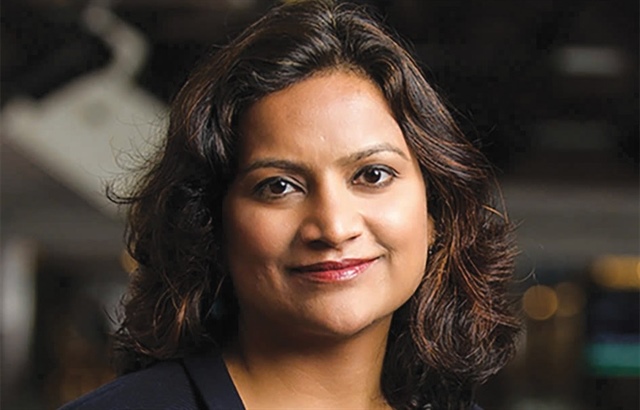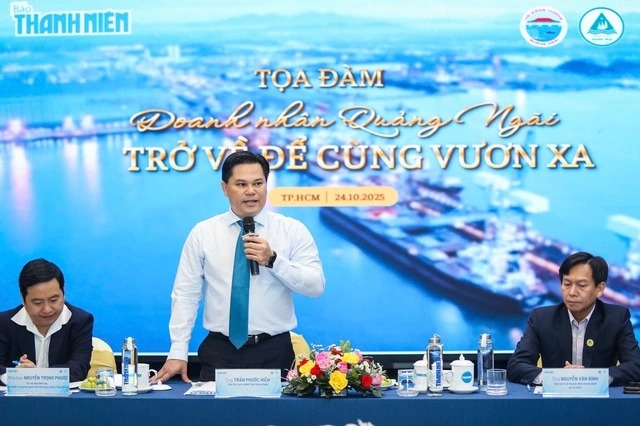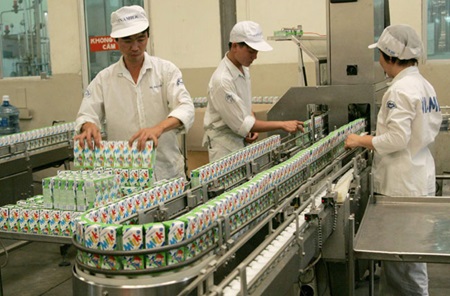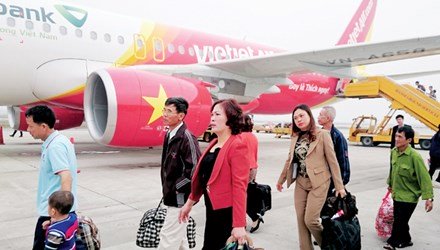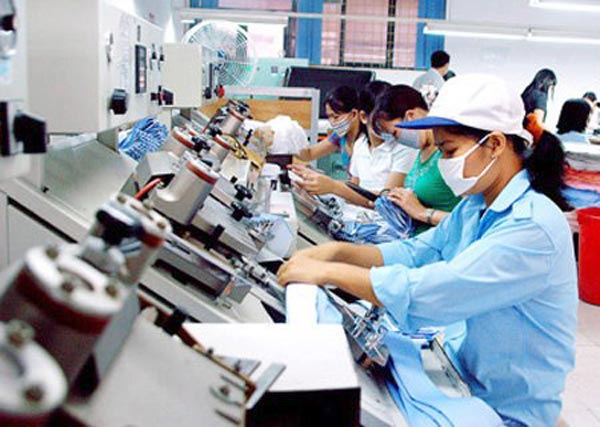Vietnam Airlines aim high in post-equitisation period
Vietnam Airlines aim high in post-equitisation period
The national flag carrier Vietnam Airlines is set to pursue an ambitious plan to rapidly grow into a regional heavyweight player in the near future.
Accordingly, in light of its development strategy orientation for 2015-2018, apart from retaining its pole position in the domestic aviation industry, Vietnam Airlines has also set the goal of gaining a dominant share in the Mekong sub-region.
Specifically, during 2015-2018 the company aims to transport about 84.9 million passengers, signifying a 16.1 per cent planned annual growth and 0.976 million tonnes of freight, a planned increase by 13.9 per cent.
Total revenue is expected to hit VND383.6 trillion ($17.9 billion), with VND293.6 trillion ($13.7 billion) to come from the parent company and post-tax profits as a share of its consolidated average equity (ROE) rate to reach 7.13 per cent.
“These targets, if approved by the shareholders at the upcoming general shareholders meeting (GSM), would post a remarkable challenge to Vietnam Airlines, demanding the company to create breakthroughs in development in the last two years of the three-year plan. Its top priority tasks in the near term should be striving to halt its share going downward in the domestic transportation market and boosting efficiency of strategic international routes,” commented a company shareholder.
Besides business plan, in the upcoming GSM slated to take place on March 12, the company plans to seek shareholders’ approval to sell two Boeing 777-200ERs which have been in use since 2003.
This is part of the company’s efforts to comprehensively restructure its (aviation) fleet to ameliorate service quality, striving to achieve the vision of growing into a four-star player within this year.
This year has also seen Vietnam Airlines spending a huge sum reaching up to VND22.9 trillion ($1.07 billion), its biggest ever amount of annual investment to date, aimed to facilitate the company’s restructuring efforts. As a frame of reference, this figure is approximately 2.4 times the amount spent during the 2014 financial year.
Most of this sum will be turned to the purchasing of seven modern aircrafts, specifically three A321s and four Boeing 787s.



